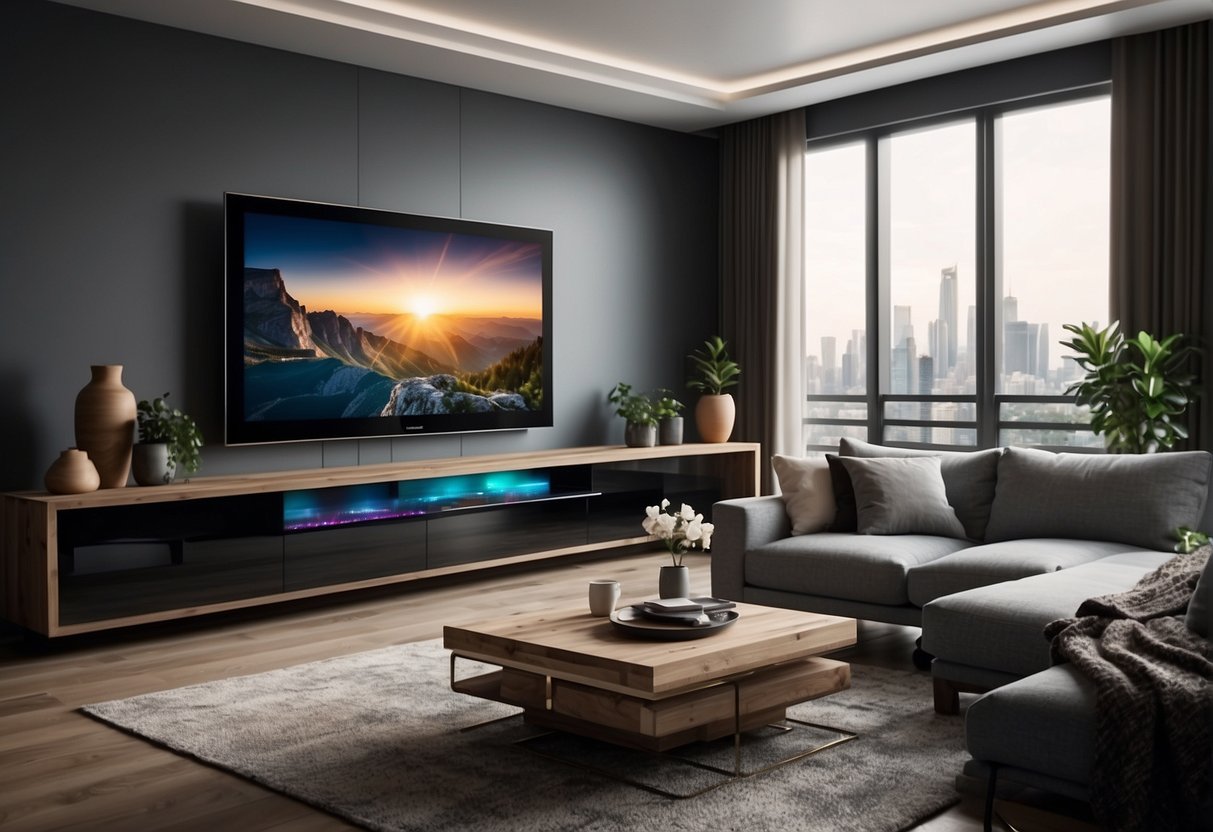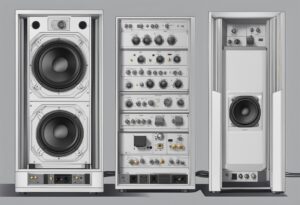The transition to a future where technology is a seamless part of our lives is already underway.
Innovations are not just shaping the industry but are deeply integrated into the domestic sphere as well, altering how we manage our homes and personal well-being.
The integration of smart technology caters to a more intuitive living experience.
From smart thermostats that learn our temperature preferences to lighting systems that adapt to our daily routines, the home environment is becoming a hub of personalized automation.
The evolution of technology brings forth advanced ways to enhance home entertainment, security, and personal health monitoring.
Secure and convenient home surveillance systems can now be accessed from a smartphone, offering peace of mind no matter where you are.
Personal health devices provide real-time data, empowering individuals to make more informed lifestyle choices.
Moreover, smart kitchen appliances and cooking tools are transforming meal preparation into an efficient, enjoyable experience that caters to the tastes and nutritional needs of each individual.
Key Takeaways
- Technology is becoming deeply ingrained in everyday home management and personal routines.
- Advances in home entertainment, security, and health monitoring contribute to a safer and more efficient living environment.
- Personalized device interaction and smart appliances are setting new standards in convenience and personal well-being.
Smart Home and Environment
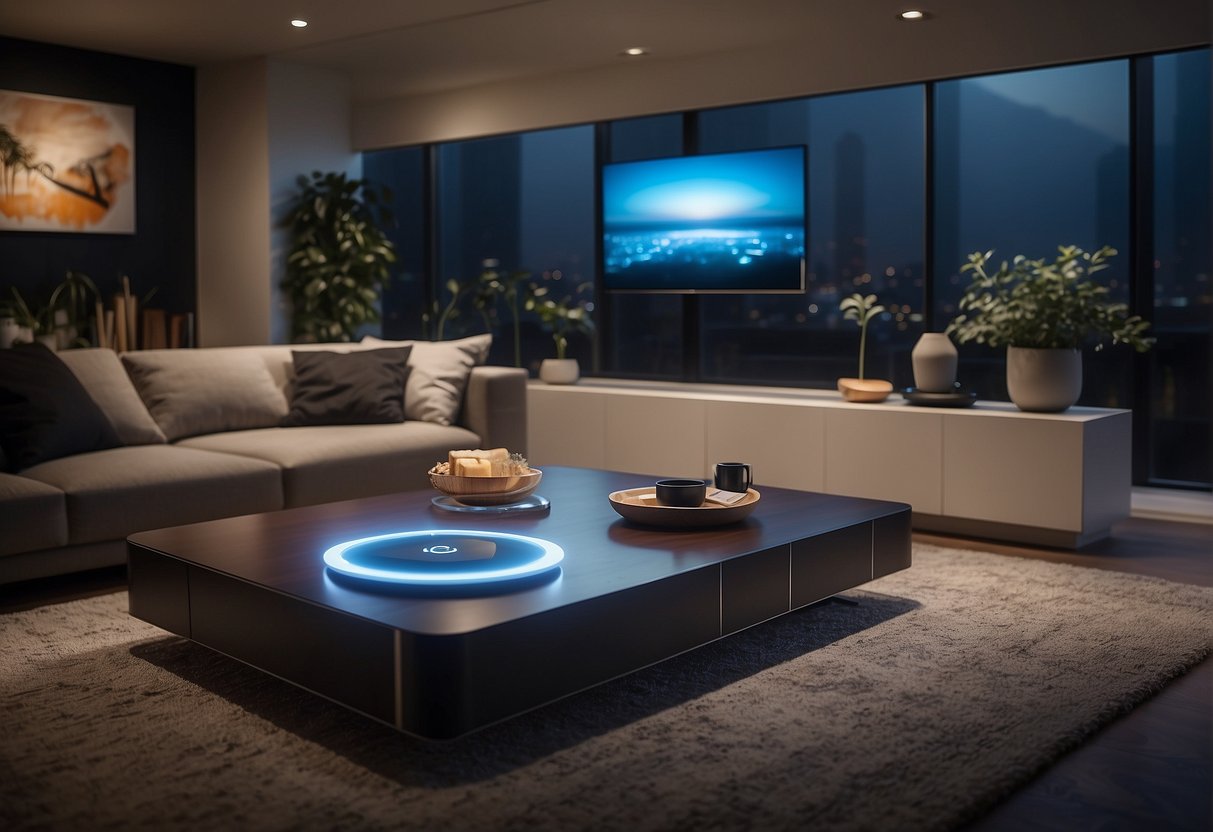
Integrating technology into homes offers significantly improved efficiency and comfort.
These advancements are shaping eco-friendly lifestyles and urban agriculture.
Smart Home Automation Systems
Smart home automation systems are central to the modern connected home, allowing residents to control lighting, climate, entertainment systems, and appliances with ease.
Systems like these can transform daily living by creating a personalized and efficient environment.
Energy Management and Sustainable Living
Effective energy management is vital to sustainability.
Smart homes now utilize technologies that optimize energy usage, decrease waste, and lower utility costs.
Smart thermostats and energy-efficient appliances are examples of innovations that contribute towards a more sustainable future.
Smart Gardening and Urban Farming Innovations
Smart gardening tools and urban farming systems are revolutionizing food production in tight spaces.
They offer automated watering, nutrient delivery, and climate control to maximize crop yield.
These technologies empower city dwellers to grow fresh produce right at home.
Enhancing Home Entertainment and Security
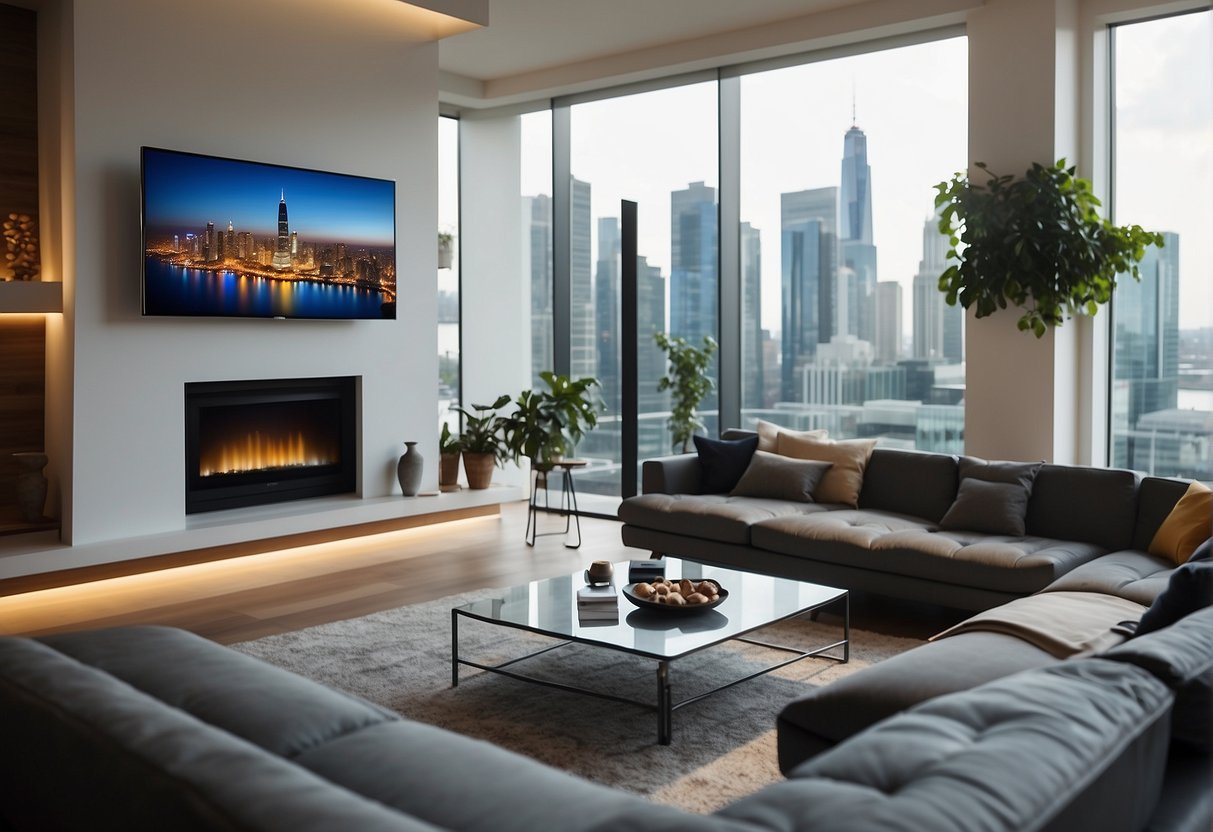
Integrating technology into home environments not only revolutionizes the way individuals enjoy entertainment but also fortifies their personal security.
Smart home innovations and IoT devices stand at the forefront of this transformation.
Next-Level Home Entertainment Systems
Smart homes are increasingly becoming entertainment hubs, where internet of things (IoT) technology allows seamless integration and control.
Homeowners can enjoy a cinema-like experience with advanced audio-visual equipment that connects to smart speakers and displays, tailored to their preferences through machine learning algorithms.
An example of such innovation is the development of sophisticated multimedia hubs for a personalized entertainment experience.
High-Tech Personal Security Devices
On the security front, smart homes leverage IoT devices to offer enhanced protection.
Homeowners can install video doorbells and smart locks, which provide real-time surveillance and remote access control.
Technological advancements have also led to the creation of robot vacuums with security cameras for continuous monitoring and voice-assisted security systems for hands-free operation, which have become integral to modern home security solutions.
Privacy Tools for Digital Security
With the proliferation of smart devices, privacy concerns are paramount.
Smart homeowners are advised to implement robust digital security measures.
These can include secure Wi-Fi networks, encrypted communication channels, and advanced authentication methods.
Additionally, regular updates to the security software on IoT devices help mitigate vulnerabilities, maintaining privacy and security in an interconnected residence.
Personal Health Monitoring and Fitness
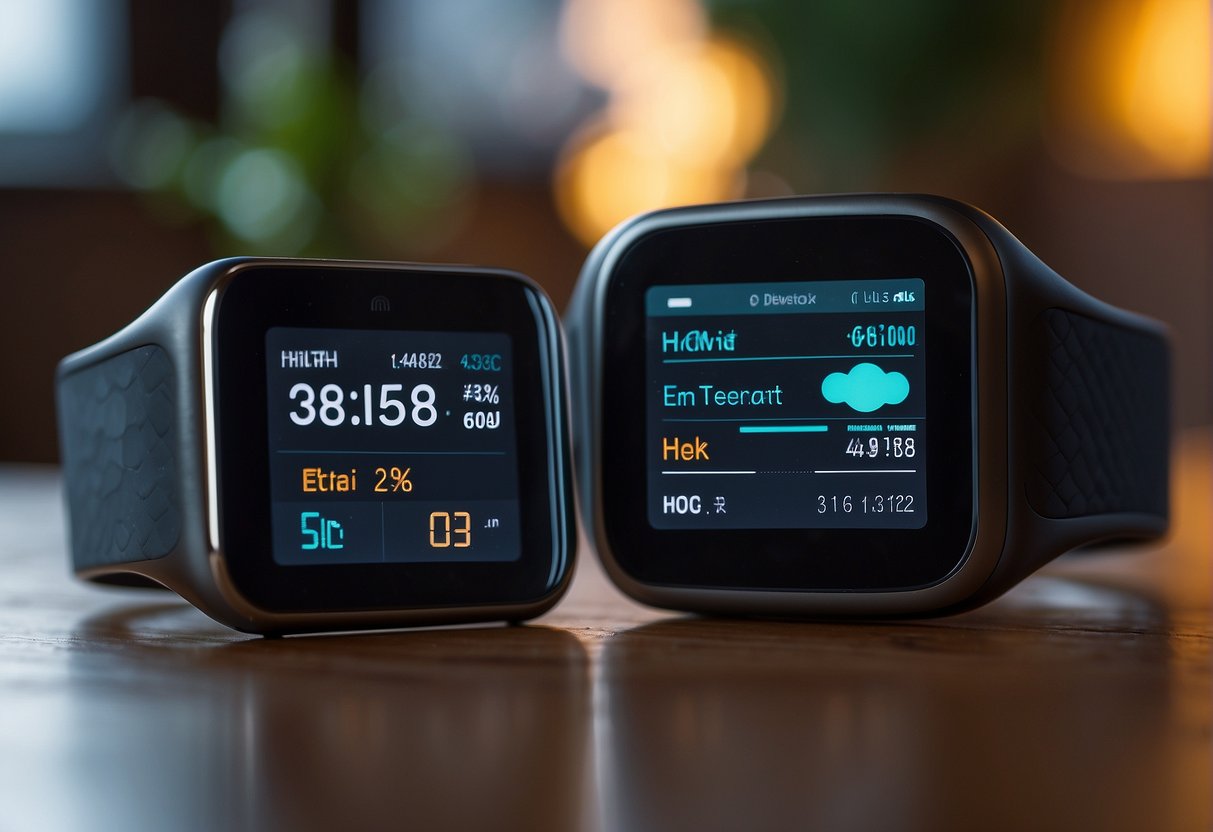
Integrating modern technology into personal health regimes is transforming how individuals monitor and manage their fitness and well-being.
This transition is underscored by advancements in wearable fitness devices, innovations in sleep technology, and the expansion of telehealth services.
Wearable Fitness Technology Trends
Fitness enthusiasts and health-conscious individuals are increasingly turning to wearable personal devices for a detailed understanding of their health metrics.
These devices track a wide array of data including steps taken, heart rate, calories burned, and overall activity levels.
Notable trends include:
- Advanced sensors: Emerging devices boast sensors that measure new health parameters with heightened precision.
- Fashion integration: Wearable devices are being designed to be stylish, making them suitable for everyday wear.
- AI-driven personalization: Future models of fitness wearables will likely incorporate AI to tailor health recommendations, as noted in discussions on AI integration.
Smart Sleep Aids and Technology
Quality sleep is a pillar of good health, and technology is playing a major role in improving sleep patterns.
Smart sleep aids range from applications that monitor sleep cycles to emit sound waves that encourage restorative sleep states.
Developments include:
- Sleep trackers: These devices offer insights into sleep duration, quality, and disturbances through motion sensors and heart rate monitoring.
- Environment optimization: Products are emerging that adjust bedroom conditions—like temperature and lighting—to enhance sleep quality.
Telehealth and Virtual Doctor Visits
Telehealth has surged, enabling patients to consult healthcare professionals from the convenience of their homes.
This shift not only increases the accessibility of healthcare but also complements personal health monitoring efforts by providing:
- Remote consultations: Patients can have video calls with doctors, getting medical advice without the need to travel.
- Data integration: Wearable device data can be shared with healthcare providers for a more informed and comprehensive health assessment. This is becoming more critical as shown in healthcare discussions.
Lifestyle and Well-being Enhancements

Advancements in technology offer new avenues for enhancing everyday life and promoting well-being.
Utilizing innovative apps and devices, individuals can now closely monitor and make informed decisions about their health, their children’s care, and even their pets’ well-being.
Digital Detox and Well-being Apps
In a world saturated with digital devices, digital detox apps have risen in prominence.
These applications encourage users to reduce screen time and engage in more offline activities, leading to improved mental health and better sleep quality.
In contrast, well-being apps provide personalized recommendations, like guided meditations or fitness routines, helping users maintain a balanced lifestyle.
- Digital Detox Apps: Promote time away from screens.
- Well-being Apps: Offer tailored health and lifestyle suggestions.
Smart Nursery and Child Care Tech
Child care has been revolutionized with the advent of smart nursery products.
Parents can now benefit from devices like Wi-Fi enabled baby monitors that offer real-time video streaming and sleep tracking analytics.
Innovations in child care technology also include educational toys that adapt to a child’s learning pace, supporting cognitive development through play.
- Baby Monitors: Stream video and analyze sleep patterns.
- Educational Toys: Adapt and grow with the child’s learning journey.
Pet Technology: Trackers and Health Monitors
Pet owners are turning to technology to ensure their pets’ health and safety.
Pet trackers utilize GPS and Wi-Fi to keep tabs on pets’ locations.
Additionally, health monitors, often in the form of wearable devices, can track vital signs and activity levels, giving owners peace of mind about their pets’ physical state.
- GPS Pet Trackers: Track location and activity.
- Pet Health Monitors: Monitor vital signs and wellness.
Integrating Technology with Personal Style
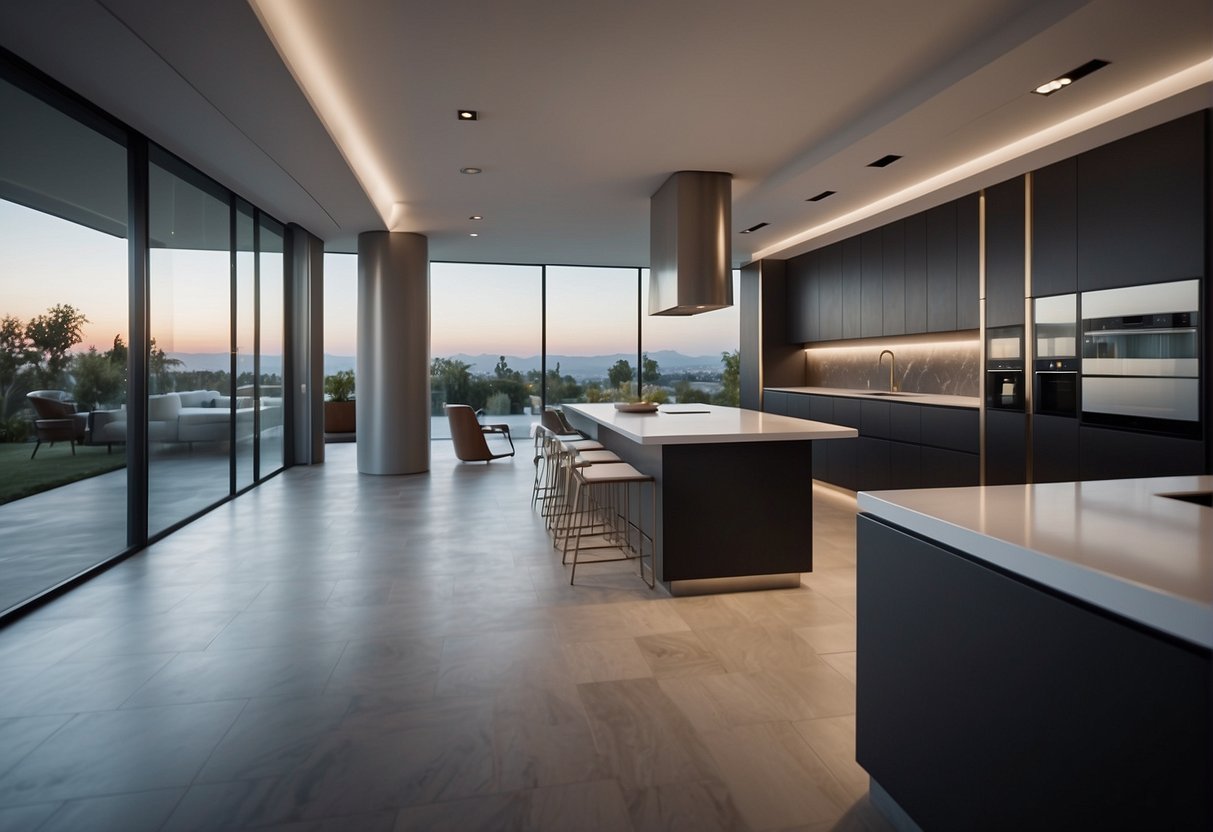
The fusion of modern technology with personal fashion is not just about aesthetics but also about functionality and convenience. Next-gen devices serve both as style statements and technological wonders.
Fashion Tech: Smart Jewelry and Accessories
Smart jewelry has transformed accessories into more than just decorative pieces.
Items such as smart rings and fitness tracking bracelets merge seamlessly with users’ daily outfits while offering fitness tracking, notifications, and even contactless payments.
Watches have evolved beyond timekeeping, as wearable tech like smartwatches provide a wealth of information at a glance, from heart rate monitoring to GPS navigation.
Portable and Smart Beauty Devices
An array of portable beauty devices are becoming integral parts of beauty routines.
From UV nail printers that allow for intricate designs at a touch of a button to skin analysis tools that suggest personalized skin care routines, technology is providing personalized and efficient solutions to beauty care.
Each device is designed to be user-friendly, often connecting to smartphones for easy control and customization.
Smart Mirrors and Personal Styling Aids
Smart mirrors take the guesswork out of personal styling.
Innovations in this space include mirrors that offer virtual clothing try-ons, makeup simulations, and real-time feedback on outfit choices.
Personal styling aids extend to apps that organize one’s wardrobe, suggest outfits based on weather, and even recommend new purchases based on personal taste and current trends.
Transforming Urban Mobility and Travel

Advancements in technology are paving the way for innovative modes of transport and personalized travel assistance, making urban mobility more practical and enjoyable.
Electric Bikes and Urban Mobility Solutions
Electric bikes, or e-bikes, have emerged as a game-changer for urban transport, providing a clean alternative to traditional vehicles.
These bikes offer pedal assistance, which makes it easier to navigate through city streets and tackle inclines.
The integration of technology, such as battery efficiency and GPS tracking, has made e-bikes a viable option for both personal commute and bike-sharing systems.
For example, studies have shown that their usage can reduce congestion and enhance the user’s ability to cover longer distances without excessive physical strain.
Smart Luggage and Travel Gadgets
The travel industry has evolved with the invention of smart luggage, enhancing the convenience of personal travel.
These suitcases come equipped with features such as built-in scales, USB ports for device charging, and remotely lockable zippers via smartphone apps.
Some smart luggage even has the ability to track its location through GPS to prevent loss during travel, reflecting McKinsey’s insights on how technology addresses common mobility challenges.
Voice Assistants and AI for On-the-Go Assistance
Voice assistants and AI technologies are offering unprecedented convenience for travelers on the move.
They can provide real-time information, like traffic updates and route recommendations, simply by processing voice commands.
Travelers now rely on these voice-activated systems for a hands-free experience while navigating, making reservations, and managing itineraries.
As the technology continues to evolve, voice assistants are becoming more integrated into vehicles and travel applications, further streamlining the travel experience.
The Latest in Consumer Electronics
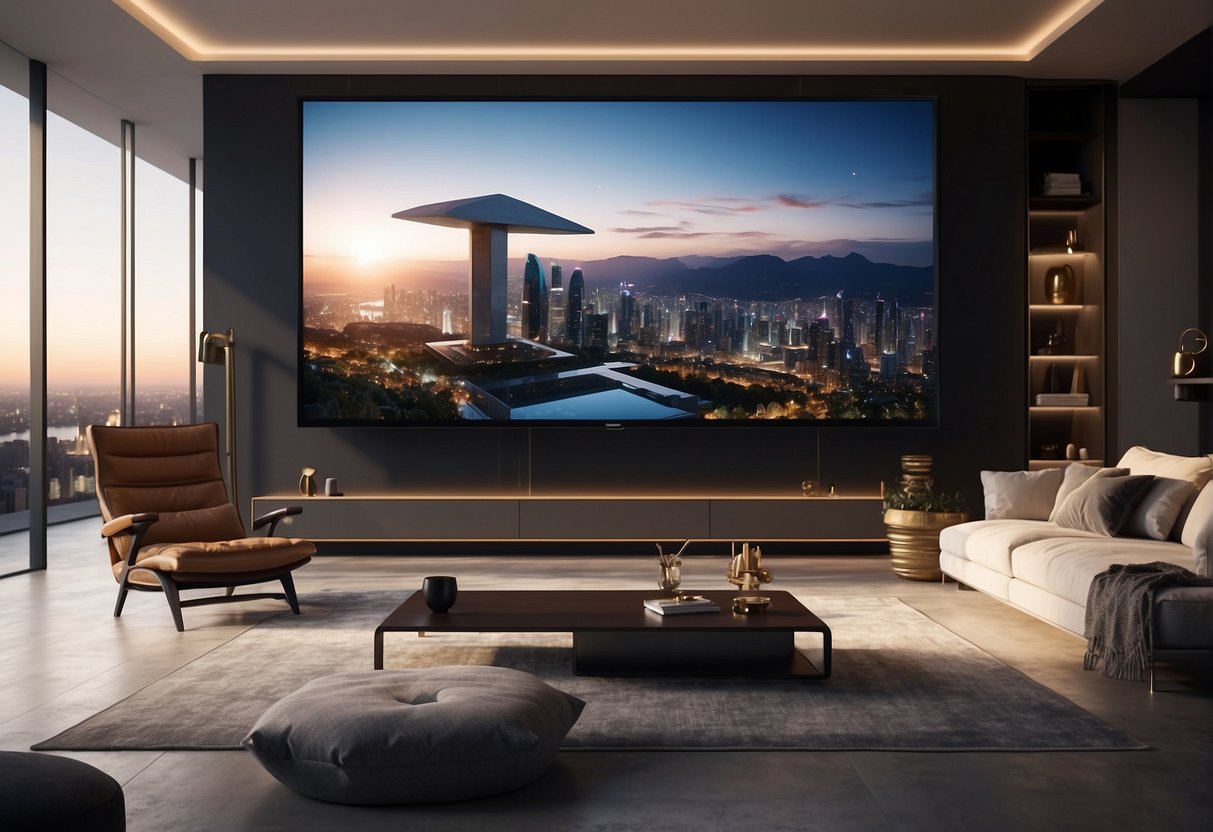
The landscape of consumer electronics is rapidly evolving, with advances that transform how individuals interact with technology in daily life.
Augmented Reality Shopping Experiences
Augmented Reality (AR) is reshaping retail, offering immersive shopping experiences.
These innovations enable consumers to visualize products in their own space before purchasing.
For example, furniture retailers are increasingly adopting AR to let customers preview how a product would look in their homes.
Virtual Reality Gaming Consoles
The gaming industry is elevating user experience with Virtual Reality (VR) consoles that offer unparalleled immersion.
These systems, complete with VR headsets and motion tracking, transport players into vivid and expansive gaming worlds.
Next-Generation Gaming Accessories
Accompanying VR advancements, gaming accessories are undergoing significant upgrades.
Controllers are becoming more ergonomic and interactive with haptic feedback, while gaming headsets are offering spatial audio and noise-canceling features for heightened sensory experience.
Smart Kitchen and Cooking
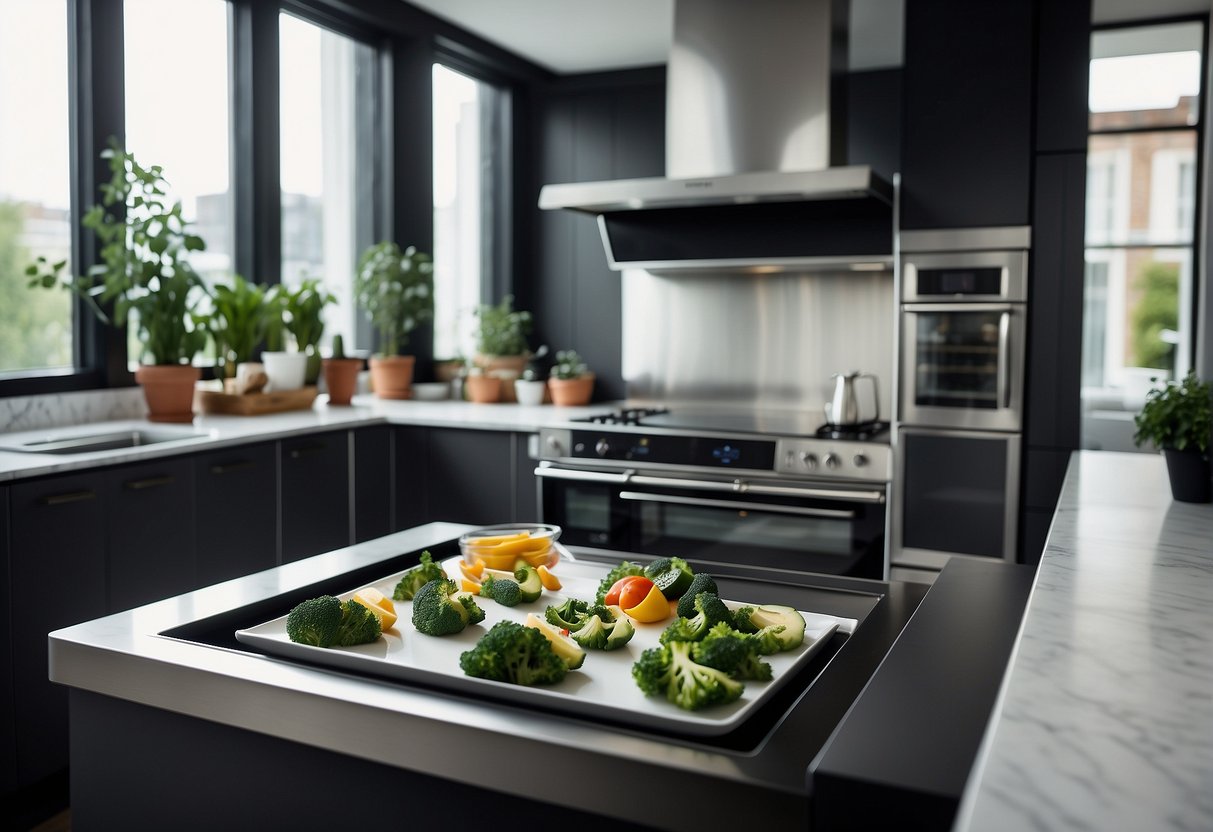
The advent of smart kitchen technology is redefining the culinary experience, offering tools that cater to healthier eating and eco-conscious living.
Smart Kitchen Appliances for Healthy Eating
Smart kitchen appliances have emerged as key players in promoting healthy lifestyles.
These devices often come with features that assist in meal planning and preparation, ensuring nutritional needs are met.
For example, refrigerators equipped with inventory tracking can suggest recipes based on what’s on hand, helping to minimize food waste and encourage home cooking.
- Air Fryers: Utilize rapid air technology to cook with less oil.
- Blenders: Feature pre-programmed settings for smoothies and soups that maximize nutrient retention.
- Smart Scales: Connect with apps to provide nutritional information and portion control.
These smart kitchen appliances not only enhance efficiency but also empower users to make informed dietary choices.
Eco-Friendly and Sustainable Gadgets
Sustainability is a pressing concern, and smart kitchen technology is part of the solution by integrating eco-friendly practices.
- Energy-Efficient Cooktops: Slash energy use by precisely controlling cooking temperatures.
- Solar-powered Appliances: Leverage solar energy to reduce reliance on nonrenewable resources.
- Smart Dishwashers: Conserve water and energy by adapting to the soil level of dishes.
These innovations not only optimize energy management but are also kinder to the environment, paving the way for a more sustainable future. As technology continues to evolve, the infusion of renewable energy sources into kitchen appliances is set to increase.
Navigating the Digital World

As technology becomes more embedded in daily life, effectively navigating the digital world hinges on understanding current trends in mobile and cloud computing, digital publishing, and social media dynamics.
This reality raises critical issues related to security, ethical considerations surrounding artificial intelligence (AI), and the importance of robust data analytics.
Mobile and Cloud Computing Trends
The proliferation of mobile devices continues to drive advancements in cloud computing.
Users expect seamless access to services and data on the go, pushing providers toward creating more secure and scalable cloud solutions.
Current trends highlight the integration of AI to personalize user experiences and improve data analytics, allowing for smarter, data-driven decisions on both individual and organizational levels.
E-Readers and Digital Publishing Tech
Digital publishing technology is rapidly evolving, with e-readers offering advanced features such as adjustable lighting and text customization to enhance reading comfort.
Publishers exploit data analytics to understand reader habits and preferences, guiding the development of personalized content delivery.
Ethically, the transition to digital formats also prompts discussions on digital rights and long-term access to purchased content.
Social Media Trends and Influencer Gadgets
Social media platforms are constantly evolving, focusing heavily on user security and the ethical use of artificial intelligence for content curation.
Influencers leverage the latest in gadgetry, such as high-quality mobile cameras and VR headsets, to create engaging content.
Behind the scenes, data analytics tools are crucial for influencers to gauge audience engagement and tailor their content strategies accordingly.
Embracing Educational Technology
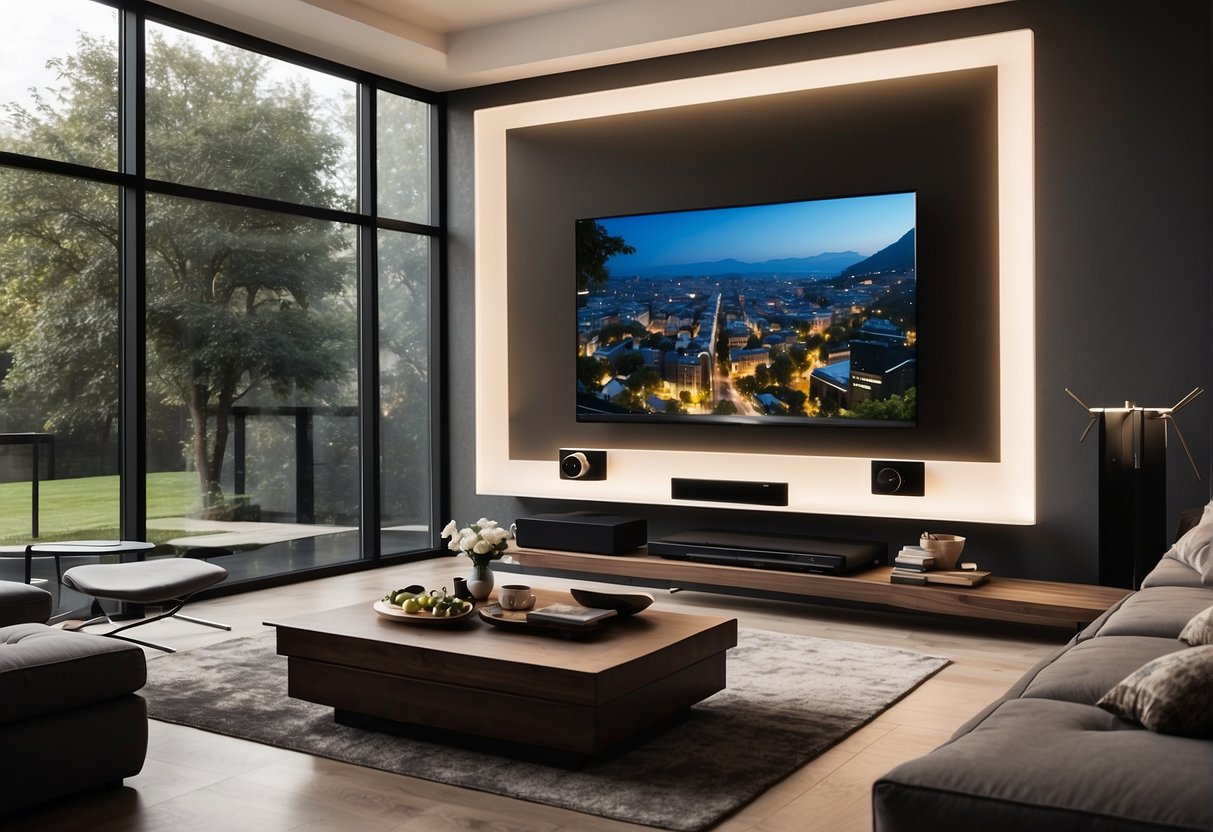
The integration of technology within education is transforming the landscape of K-12 and higher education, providing interactive tools that enhance the learning experience for students.
Interactive Learning Tools and Educational Tech
Interactive learning tools have become integral in the education system, facilitating a more engaged and personalized learning environment.
With technologies revolutionizing the classroom, students are finding education more accessible and engaging than ever before.
Technologies such as projectors, computers, and specialized software create dynamic learning spaces that cater to a variety of learning styles.
- Personalized Learning: Portable devices like tablets and laptops allow students to learn at their own pace, making education a more tailored experience.
- Enhanced Collaboration: Tools such as digital whiteboards and online collaborative platforms enable real-time teamwork, both in classroom settings and remotely.
- Gamification: Incorporating game design elements in educational content can boost motivation and retention of information, making learning enjoyable.
Central to the promise of educational technology is the improvement of student engagement and effectiveness of the teaching process.
The proliferation of educational apps and platforms not only supports teachers in delivering curriculum content but also provides immediate feedback and assessments, enabling a more responsive educational experience.

